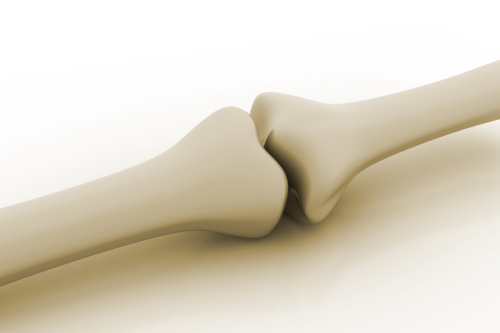
The US$590,000 project was one of 15 selected by America Makes as part of its second call for additive manufacturing (AM) applied research and development projects. It will take 18 months to complete.
“Additive manufacturing combines the best of technologies – the ability to construct complex structures via computer imaging utilizing a combination of advanced biocompatible and more importantly, biodegradable alloys,” said Dr Prashant Kumta, principal investigator of the project. “Thanks to computer-aided tomography, or CAT scans, we can directly image a damaged structure like a bone or trachea and construct a biodegradable iron-manganese based scaffold to promote natural tissue growth during the healing process. This reduces the risk of disease transmission via methods such as bone grafting, and allows for a more precise framework for the body to heal itself by controlling the degradability of the alloy by careful alloy design and engineering.”
AM also makes it possible to use biodegradable alloys that serve as functional scaffolds for inducing cells to grow, as well as platforms for delivering biological molecules and antibiotics, rather than as artificial implants.
Benefits of metal
“Although we could create a ceramic or plastic part with additive manufacturing, this is not as ideal as an iron-manganese alloy which is stronger, more ductile and degrades over time to be replaced by new bone,” added Dr Howard Kuhn, co-principal investigator.
The scaffolds are sintered to provide structural integrity to the bonded particles. During this phase of the research, the scaffolds will be evaluated for biocompatibility, bioresorption and mechanical properties. Some of the biomedical devices such as bone fixation plates and screws, as well as tracheal stents will be produced in preparation for later clinical studies.
“AM is a game-changer for biomedical research because it not only provides a framework structure for cells and tissue to grow providing thus a better foundation for the body to repair its own tissues, but also because it can be utilized in remote areas such as army field hospitals, where access to traditional treatments may be limited,” Dr Kumta added. “Rather than implanting an inert screw or plate or joint, we can utilize a degradable metallic alloy which provides the template allowing the body’s own regenerative machinery to provide an effective pathway to heal itself.”


